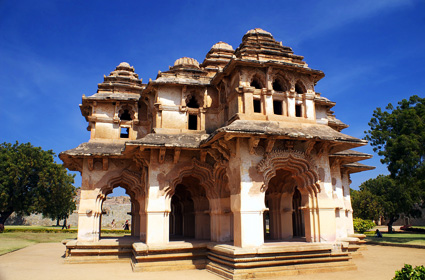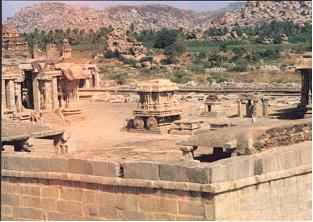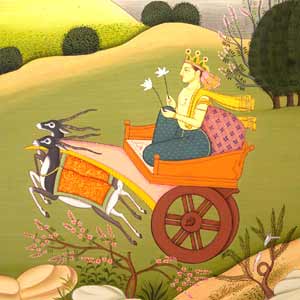Contribute
| South Asian Art - Some Insights From 2008 |
Ranjani Saigal
12/23/2008
South Asian Art History - In Memory Of Prashant H. Fadia
With the encouragement of The Prashant H. Fadia Foundation, Lokvani is initiating a new column devoted to South Asian Arts and South Asian Art History. [more]
South Asian Art - In Memory Of Prashant H. Fadia
The Ajanta Ellora caves in Aurangabad, India are a unique specimen of work where extremely skilled artists worked collaboratively with not just their peers but continued the unfinished work of those that went before them. A project that seems to have been a work in progress for nearly 800 years it lies as a testament to the timelessness of art.[more]
South Asian Art - In Memory Of Prashant H. Fadia
Ellora represents the epitome of Indian rock-cut architecture. The 34 "caves" – actually structures excavated out of the vertical face of the Charanandri hills – comprised of Buddhist, Hindu and Jain cave temples and monasteries, were built between the 5th century and 10th century.[more]
South Asian Art - In Memory Of Prashant H. Fadia
Art is the way!
There is no way to art. Art is the way. 'The Way' is the term used in the philosophy of Tao to symbolize 'The God'. In this way, art, for Awadhesh Misra, is not the way of talking but the way of living.[more]
South Asian Art - In Memory Of Prashant H. Fadia
The popularity of Jodha Akbar has aroused the curiosity about Emperor Akbar. A connoisseur of art and a promoter of religious tolerance, this Emperor brought artisans of different religious backgrounds to work together and lay the seeds for a new direction in art termed by historians as Mughal Art.[more]
South Asian Art - In Memory Of Prashant H. Fadia
Luxury For Export: Artistic Exchange Between India And Portugal Around 1600
The fusion of artistic styles and decorative motifs that energizes art made for export can also obscure its origins and lead to erroneous attributions. For example, objects made with mother-of-pearl from the northwest Indian state of Gujarat are still sometimes regarded as German.[more]
South Asian Art - In Memory Of Prashant H. Fadia
Identifying Indo-Portuguese Art
While the Portuguese valued Indian artistic innovations in terms of form and style, they were clearly beguiled by the luxurious materials used in many Indian objects.[more]
South Asian Art - In Memory Of Prashant H. Fadia
Hampi And Vijayanagar
In 1986, Hampi was included in the UNESCO list of World Heritage sites. An international team of archaeologists has been working on the site since 1981. But a lot still remains to be done.
[more]
South Asian Art - In Memory Of Prashant H. Fadia
Patriotism And Commemoration In A Bengali Embroidery
Embroideries made in Bengal were exported to Portugal in large numbers during the sixteenth and seventeenth centuries. The fine needlework is of great virtuosity; using only a single type of stitch, the embroiderers filled all available space with a multitude of mammals, birds, reptiles, insects, crustaceans, as well as mythological beasts in dense vegetation.[more]
South Asian Art - In Memory Of Prashant H. Fadia
Hampi And Vijayanagar and its important monuments.[more]
South Asian Art - In Memory Of Prashant H. Fadia
Pahari Miniature Paintings which are native to the state of Himachal Pradesh represent some of the beautiful art forms. Evolving in the early 17th century they have branched into three main schools - Basohli, Guler-Kangra and Sikh.[more]
You may also access this article through our web-site http://www.lokvani.com/

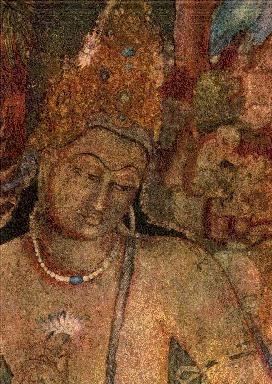
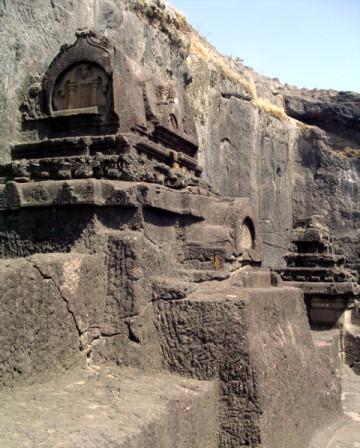

Composition 3
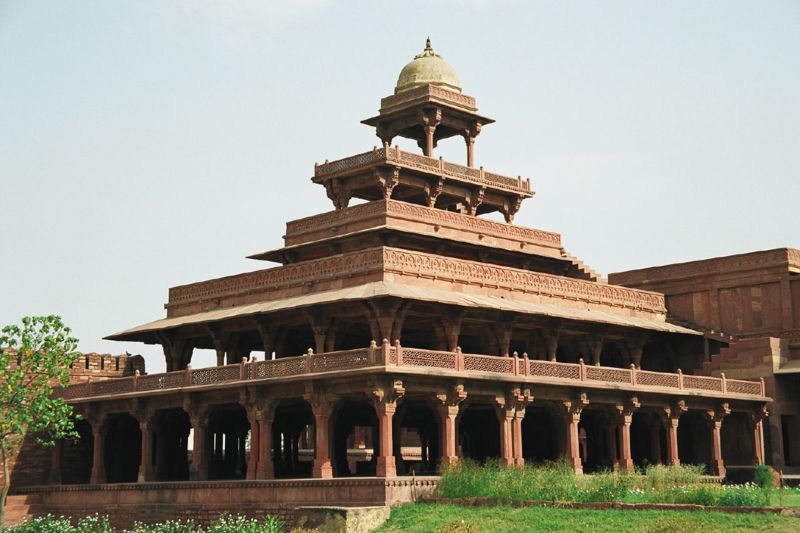
Panch Mahal
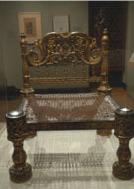
Chair, Bay of Bengal, 16th Century
